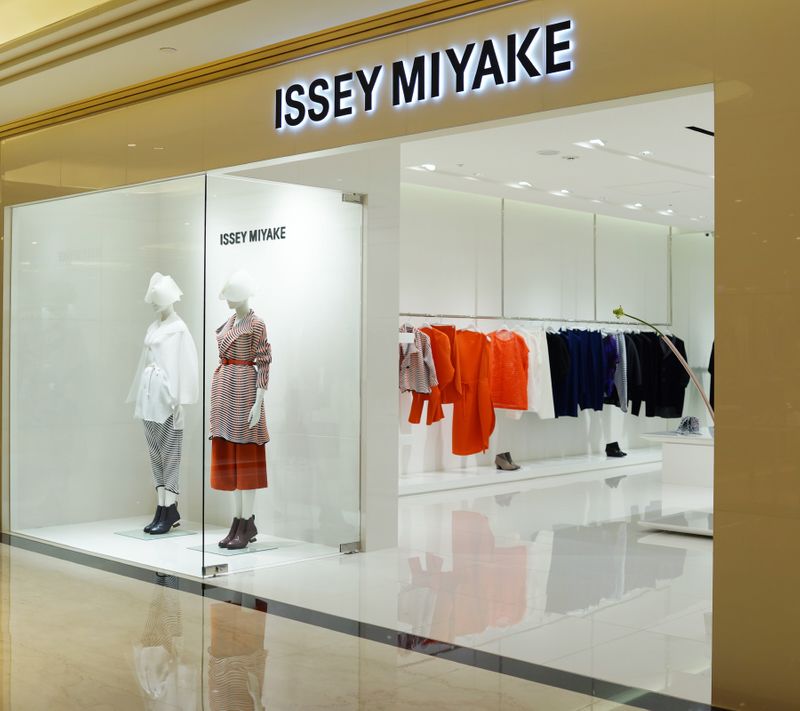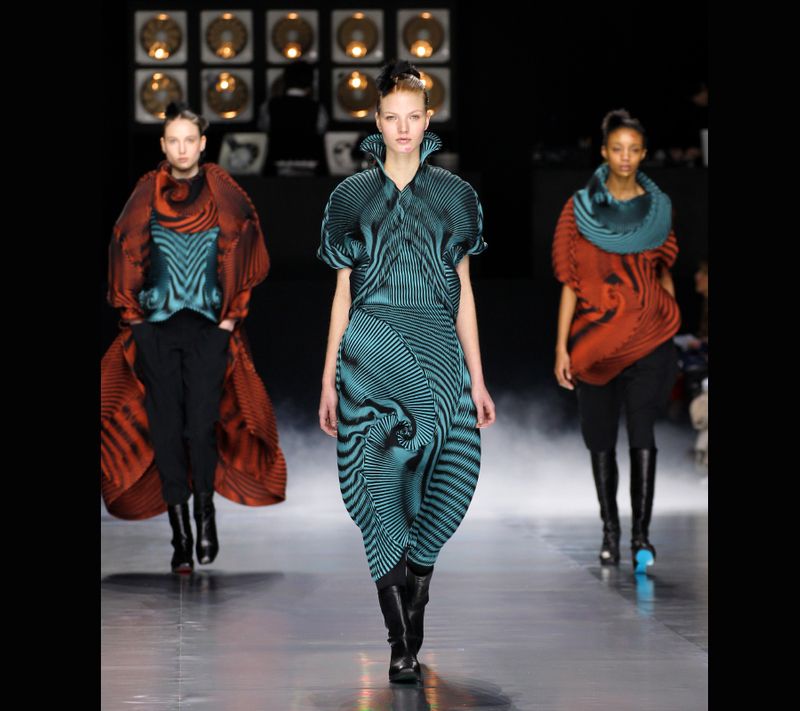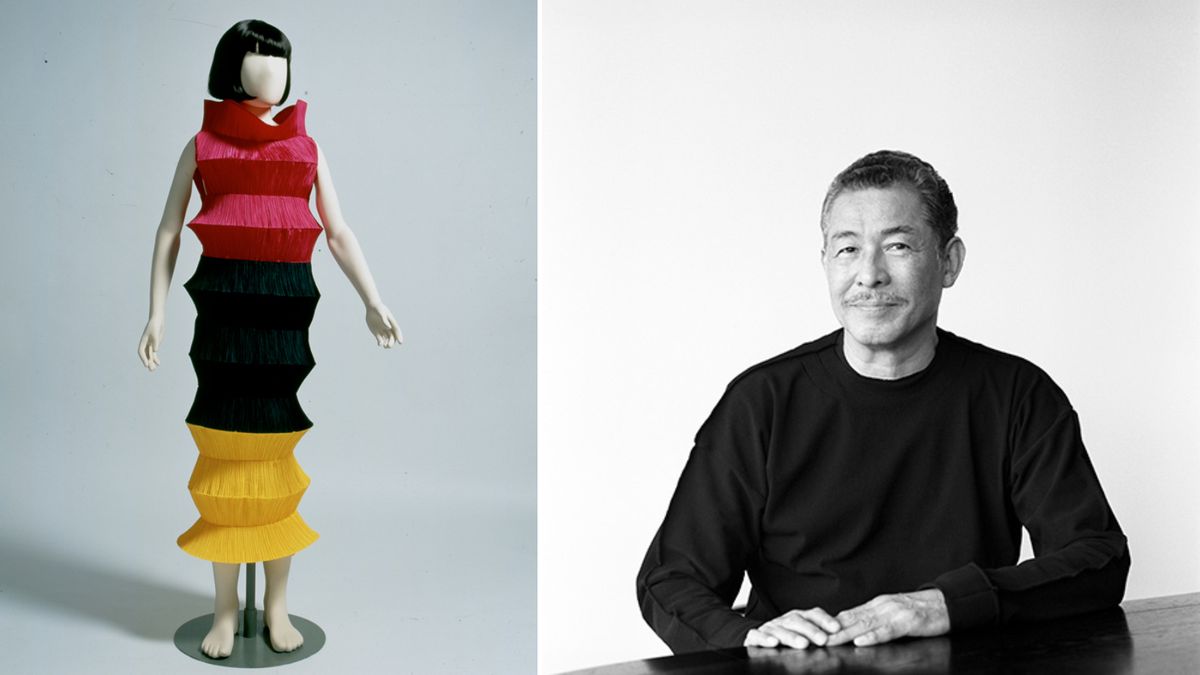Legendary. Maverick. Iconic – these adjectives have often been attached to fashion designers from across the world. But when it comes to the Japanese designer, Issey Mikaye, all of them hold true. Not only was he one of the first Japanese designers to take on the world of fashion on an international scale, but he also paved the way for others to come. His sad demise on August 5 in a Tokyo hospital left a gaping hole in the world of fashion.
From his innovative gender-free clothing to the famous pleats to his line of signature perfumes – Miyake was a trailblazer. Despite having survived Hiroshima as a young boy, Miyake never wanted to be referred to as the “survivor designer”. After studying graphic design in Tokyo, he headed to Paris to learn about clothing design. In the early years of his career, his belief that clothing too was a form of design was considered avant-garde. “Anything that’s ‘in fashion’ goes out of style too quickly,” he told the magazine Parisvoice in 1998. “I don’t make fashion. I make clothes.”
Initially, the designer enjoyed his stints working in Paris; first, for Guy Laroche, then Hubert de Givenchy. He also spent several years in New York, eventually returning to Tokyo. And thus, Miyake Design Studio was founded in 1970 - a high-end, concept label that allowed the designer to perfect his signature aesthete. He formally retired from fashion in 1997, but he continued to oversee the creative direction of all the lines that were produced by his company, including Issey Miyake, Issey Miyake Fête, Pleats Please, and Bao Bao accessories.

For the aesthetically inclined and design-conscious people, Tokyo and Japan serve as a source of inspiration. The 1980s were a time when Miyake was fighting for a place on the international stage. And it was during this time that he began to experiment with his famous innovation, the pleats. As a result of his global brand, Miyake was hailed as an influential figure in Japan's effort to become a model of international fashion and culture.
Not many know but Issey Miyake was also fascinated by khadi due to its light and airy quality. As reported by The Indian Express, Miyake had backroom production hubs in and around Ahmedabad earlier where khadi garments were manufactured for his design label.

The story behind Miyake’s Pleats:
Issey Miyake and Pleats – are two names that can never be separated. Pleats, which also later went on to become a range of signature perfumes, was developed in the last 80s. But it began as a technique at first where they consisted of heat-treated polyester that was used to create genuinely unisex garments that were permanently pleated. And of course, the mantra – one size fits all. This is what led to the development of his signature Pleats Please line. This technique of micro-pleating is unique to Miyake. Polyester, when heat-treated led to permanent pleats and was machine washable. You could even roll them up instead of folding them.
Most of the ‘Pleats Please’ clothes were one-piece garments with no buttons, zippers, or snaps. There were no tight armholes or delineated waistlines; one just had to slip them on. Even his colour palate was understated, in single colours such as blues or crimson, or fabrics with flowers printed on them. Quite possibly, Miyake’s designs were one of the first gender-fluid creations.
The Issey Miyake ensembles that we see today are most identified by their precise pleats that give a sense of fluidity to even the wardrobe staples. His versatile pieces bring in a sense of individuality to a wardrobe.
Miyake on Steve Jobs’ signature look
Miyake was behind the famous black turtleneck T-shirt worn by Apple co-founder Steve Jobs, which went on to become Jobs' signature look.

The Apple co-founder explains in his biography how he had asked Miyake to design a uniform for employees working at Apple. The idea behind the uniform was to create a sense of camaraderie among the employees. And thus, the turtleneck Miyake designed was equal parts casual and comfortable. That is the reason why we have always seen Steve Jobs pictured in a black turtleneck tee and blue denim. This became his signature style.
The designs of Miyake had a presence everywhere, from black-tie ballrooms to factory floors, including a uniform that he designed for the workers at the Japanese electronics giant, Sony.
Miyake’s perfume endeavours
But Miyake was about more than pleats. Known for his masterclasses in simplicity, the fragrances from the house of course followed suit. The most beloved of these has to be L’eau d’Issey, first launched in 1992 and created with Jaques Cavallier composing a seamless aquatic note with dew-dappled blossoms such as lotus flowers and powdery peonies. Even the bottle became iconic in its own right, inspired by the designer’s glimpse of the moon rising over the Eiffel Tower one night in Paris.
One of the first great designers from Japan, Miyake helped to bring Japanese fashion to the rest of the world, paving the way for contemporaries like Yohji Yamamoto and Rei Kawakubo. There are many of his designs in museums, including the permanent collection of the Museum of Modern Art. For people who appreciate design, who admire aesthetics - fashion people, art people, media people - his label became the essential kit. Miyake's death is a genuine loss to the fashion industry.


